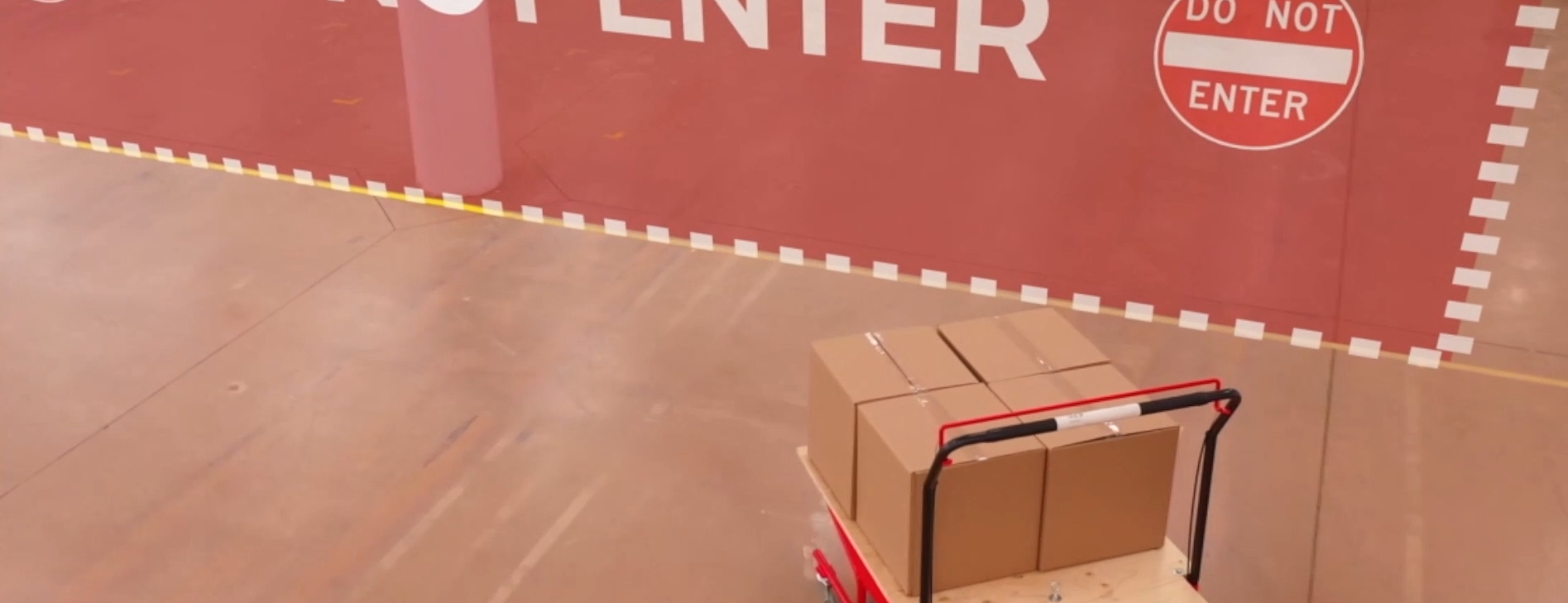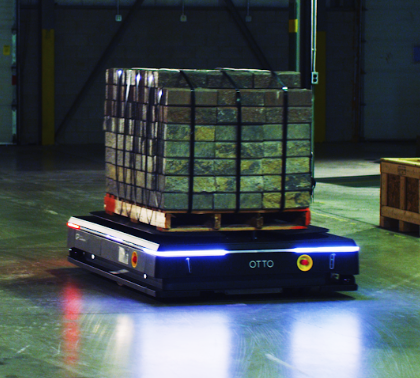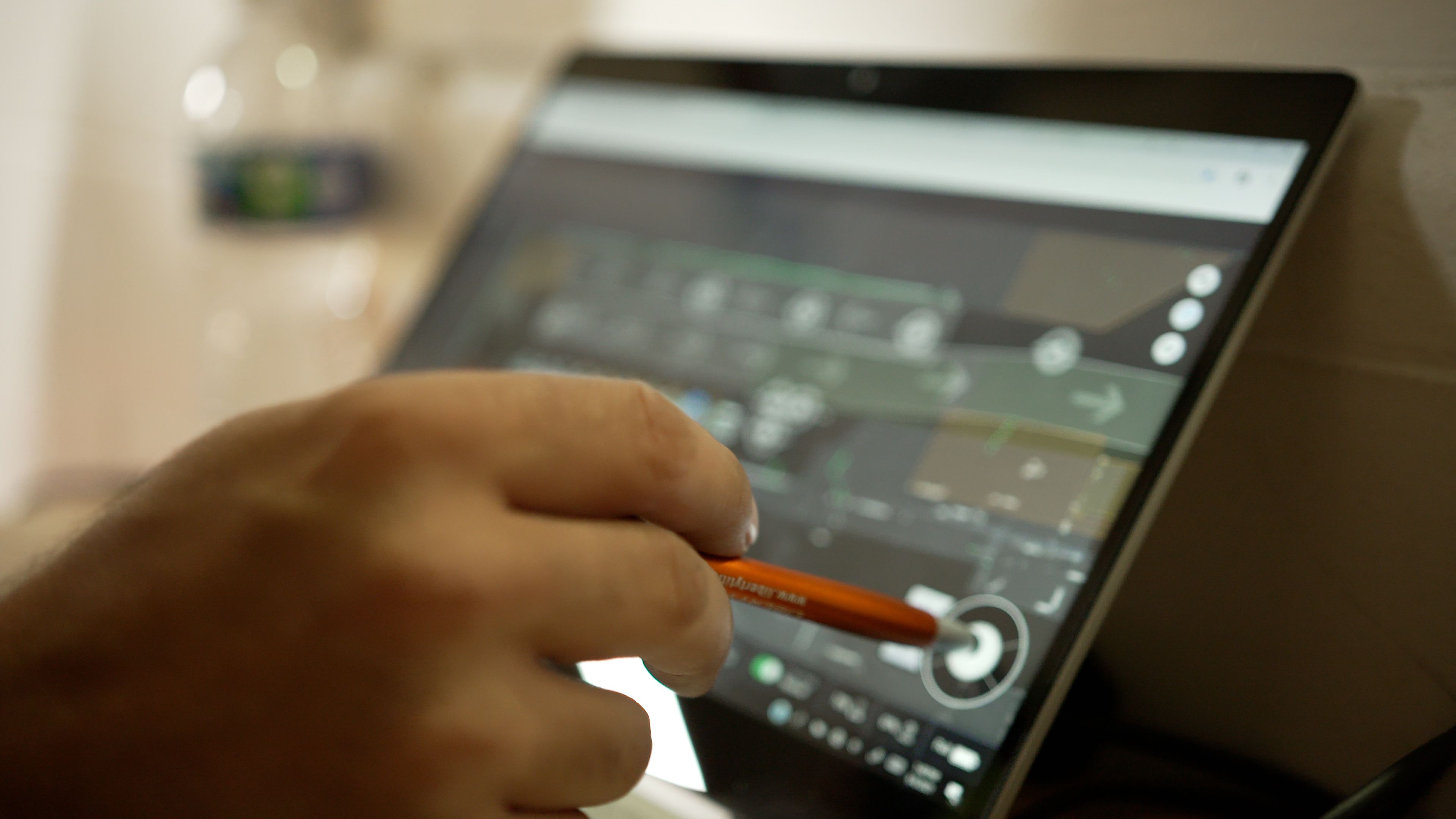Blog
AMA: How can I instruct the AMRs in my facility to behave in a specific way?

In this blog series, manufacturing facilities and warehouses ask their top industry and product questions, and OTTO Motors’ material flow experts will answer them.
Traffic controls are the most important tool for managing the movements and behaviors of autonomous mobile robots (AMRs) in your facility. Traffic controls allow you to define rules of the road for the AMRs, just the same as cars navigating a city must obey specific rules.
Whether you’re setting speed limits, marking aisle directions, or designating no-go areas, these tools balance predictability and flexibility for the safety of workers and facility equipment.
Jay Judkowitz
VP of Product, OTTO Motors
Traffic controls also simplify the process of scaling AMR deployments: they provide a common framework that hundreds of AMRs can use to make driving decisions in response to unpredictable conditions.
What traffic rules can I set for AMRs in my facility?
Most AMR fleet management softwares offer various rules you can set to enable the robots to operate safely and efficiently within the unique parameters of your facility. While the level of sophistication and customizability may vary per vendor, these are the traffic rules (or Zone types) you can expect:
- Lanes and Junctions: Lane and junction features are used to define a road network (or “graph”). These are the streets and avenues in the facility through which the AMRs prefer to travel. Paths aren’t like rails for a train, so the AMRs can still do local obstacle avoidance and replanning when they come across something unexpected—just like a driver would on the road.
- Exclusions: Exclusion Zones are the other side of the traffic coin—you use these to identify areas where the AMRs are absolutely never allowed to enter. For example, doorways, work cells, or high-traffic areas. Robots will treat these areas similar to a wall. The video below illustrates an example of an OTTO Motors’ AMR planning its path around a new Exclusion Zone (signified by the grey rectangle).
- Preferred Directions: One-way traffic rules can smooth traffic flows and improve efficiency. With a well-placed Preferred Direction Zone, you can force AMRs to obey one-way aisles, or circulate along a bus route.
- Single Robot Zones: In tight areas where traffic needs to be closely controlled, you’ll use a Single Robot Zone to limit access to just one AMR at a time. Once a robot enters the Zone, all others must wait until it has exited. These Zones are useful for controlling traffic through intersections and doorways.
There are many more traffic controls available: from Stop Signs and Speed Limits to Changing and Remapping zones. All of these traffic control zones can be used in isolation, or combined to produce more specialized robot behaviors. For example, by combining Lanes, Junctions, and Preferred Direction Zones, you are able to create a high-speed roundabout intersection, as shown in the video below.
How it works on OTTO Fleet Manager
Through OTTO Fleet Manager, you are given the power to define AMR traffic rules in an easy-to-use interface: simply choose the rule you want to apply, and draw the area (“Zone”) in which it applies.
OTTO Motors’ latest software release enables these rules to be applied to robot teams, typically based on the type of robot, the attachment, or by map section in large facilities. Whether as a whole, individually, or sectioned by teams, AMRs will adhere to these rules in the facility.
To learn about more of the Zone types available to OTTO AMRs, check out our publicly available technical documentation.
Written by Daniel, Senior Training Content Developer at OTTO Motors.







